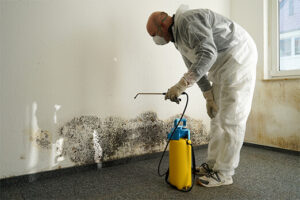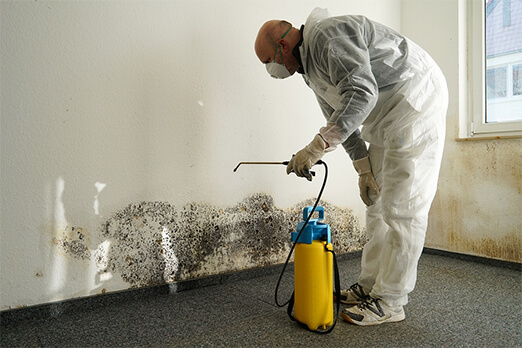If you’ve noticed mold in your home, your first thought is probably to get rid of it. But this task isn’t as easy as it sounds. When faced with a long list of restoration companies, you’re likely to be overwhelmed by the information available. Taking on this project yourself is not as simple as it may seem, and it can leave you with more problems than you bargained for.
If you suspect that you have a mold problem, you can hire professionals to do the job for you. Red or orange mold is most likely to be present and thrives on moist wood and decaying plants. It’s slimy and can be difficult to spot, but it’s harmless and shouldn’t be removed unless you’re concerned about aesthetics. You should also know that white mold isn’t a real problem and is usually a sign that it’s just in its early stages. If it’s only white, it can be easily treated.
The next step in mold remediation is to remove the materials that are in contact with the mold. Nonporous and semi-porous materials can be cleaned and reused, but porous materials should be removed. You can clean nonporous materials with bleach and water, but it’s not recommended for structurally sound materials.
If you’ve located the mold problem on nonporous surfaces, you can try wiping it with a solution of water and dish detergent. For porous surfaces, you can try a 50/50 solution of white vinegar and three percent hydrogen peroxide. Make sure to thoroughly dry the area afterward to prevent further mold growth. And don’t forget to check for any signs of water damage. If you find new mold growth, this might be a sign that you have an underlying water problem that needs to be resolved.
Mold can be easily visible or hidden. Sometimes, it can be found behind walls or under furniture, in cabinets, attics, or in crawl spaces. If you’re doing mold removal yourself, you should be aware of all possible hiding places and visually check all possible places. Another good indicator that you have a mold problem is a musty odor.
The first step in mold removal is to identify the types of mold that are present. If you suspect that there is mold present in your home, you can send a mold sample to an environmental testing laboratory. The lab will identify whether the mold is harmful or not. Once this has been determined, you can hire a mold remediation company to remove the mold. Once the mold remediation process is complete, you can do a clearance air test to ensure that there is no remaining mold.
Toxic molds can be difficult to spot. They are often greenish-black in color and emit a rotten or musty smell. They typically grow in damp, wet areas of a home. Some common locations to find toxic molds are basements, leaky pipes, and homes with water damage.
Identifying toxic molds is important because some types of mold are dangerous to humans. While all types of mold can cause respiratory illnesses, some are more dangerous than others. Therefore, it is important to identify toxic molds before getting rid of them. Toxic molds are found in many places, and they are often the most dangerous to human health.
Molds can grow on a variety of materials, including wood, paper, and insulation. They reproduce by producing tiny spores. These spores can’t be seen without the help of a magnifying glass, so identifying them is essential to ensure safe mold removal.
Several types of mold produce toxic compounds known as mycotoxins that can affect the health of humans who come into contact with them. These toxins can be inhaled or absorbed through the skin.

